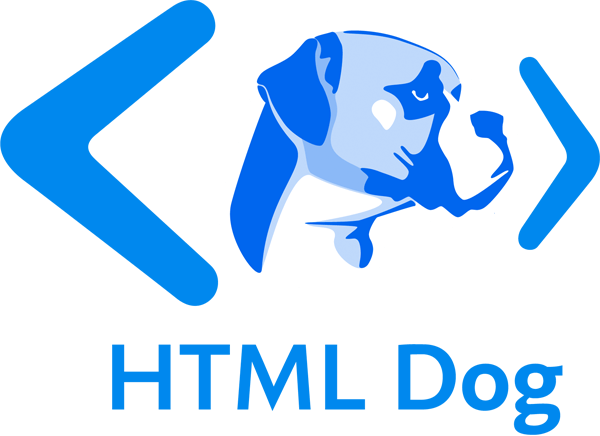HTML Tag: input
A form control, allowing input from a user. It can be one of many types, including a text field, a checkbox, or a submit button.
input has no content and therefore does not warrant a closing tag.
Optional Attributes
| Attribute | Description | Possible values |
|---|---|---|
name |
Name of the form control, to be paired with its value. | Text (no spaces). |
type |
The type of form control. |
|
value |
An initial value. | Dependent on type. |
checked |
Sets a checkbox or radio type to be checked by default. |
None. |
maxlength |
The maximum number of permissible characters in a value. | Number. |
minlength |
The minimum number of permissible characters in a value. | Number. |
src |
Used, and required, when type is image. The location of the image file to be used. |
URL. |
alt |
Used, and required, when type is image. Alternative text that will replace the image if the image specified by src isn’t available. |
Text. |
width |
Used when type is image. Pixel width of the image. |
Number. |
height |
Used when type is image. Pixel height of the image. |
Number. |
accept |
Used when type is file. Indicates what file types are accepted. |
A single instance or comma-separated list of:
|
disabled |
Disables the form control. | None. |
readonly |
Makes the form control unalterable by the user. | None. |
autocomplete |
If a browser should implement autocomplete on the control or not. |
|
autofocus |
Indicates that the form control should have focus on page load. Should only be used on one form control in a page. | None. |
dirname |
Adds an additional field to be sent containing the directionality of the form control’s value. | Text (no spaces). dirname="this.dir" will append this.dir=ltr (left-to-right) or this.dir=rtl (right-to-left) to submitted data, for example. |
form |
Explicitly associates the control to a form element, which it may or may not be nested within. If absent, the control will be associated to its form ancestor. |
Text matching the value of a form element’s id attribute. |
formaction |
Used when type is submit or image. The address to which submitted form data should be sent to. Will override a form element’s action attribute. |
URL. |
formmethod |
Used when type is submit or image. The HTTP method by which submitted form data should be sent. Will override a form element’s method attribute. |
|
formenctype |
Used when type is submit or image. The MIME type used to encode the form data. Will override a form element’s enctype attribute. |
|
formnovalidate |
Used when type is submit or image. Indicates that the form should not be validated before it is submitted. Will override a form element’s novalidate attribute. |
None. |
formtarget |
Used when type is submit or image. The browsing context in which the submitted form’s destination URL should open. Will override a form element’s target attribute. |
|
list |
Associates the form control with a list of options to suggest to the user. | Text matching the value of a datalist element’s id attribute. |
max |
Used when type is date, time, number or range. The maximum value. |
Number. |
min |
Used when type is date, time, number or range. The minimum value. |
Number. |
step |
Used when type is date, time, number or range. The increments in which a value can be increased or decreased. |
Number or any. |
multiple |
Used when type is email or file. Indicates that the user can enter more than one value. |
None. |
pattern |
A regular expression against which a value can be checked. | Regular expression. |
placeholder |
A visible hint as to what kind of data the user should input. | Text. |
required |
Indicates that the form field must be completed. | None. |
size |
The number of characters in a text-type control that a user should be expected to see whilst editing. | Number. |
| Global attributes | ||
Example
<form action="someKindOfProcessingScript.php" method="post">
<label for="username">Name</label>
<input name="username" id="username">
<label for="housenumber">House number</label>
<input type="number" name="housenumber" id="housenumber">
<label for="street">Street</label>
<input name="street" id="street">
<label for="emailaddress">Email address</label>
<input type="email" placeholder="you@somewhere.com" name="emailaddress" id="emailaddress">
<input type="submit" value="Sign up!">
</form>
